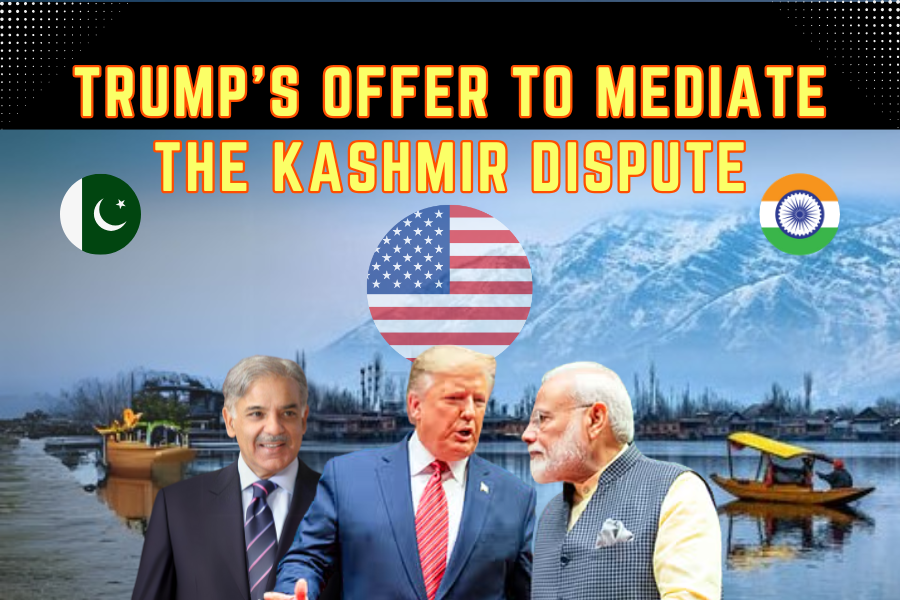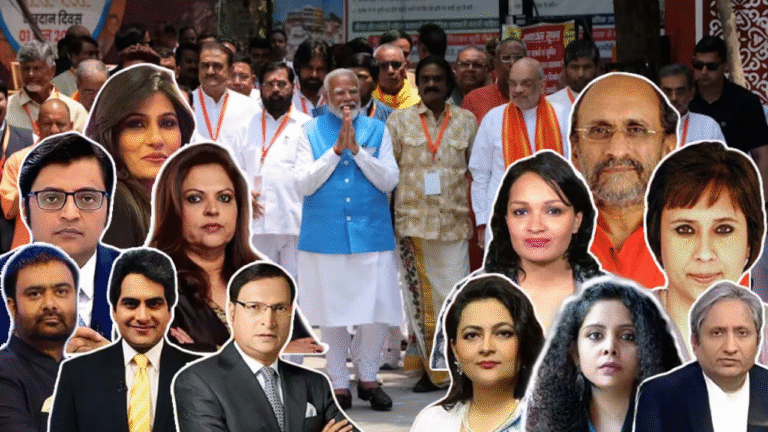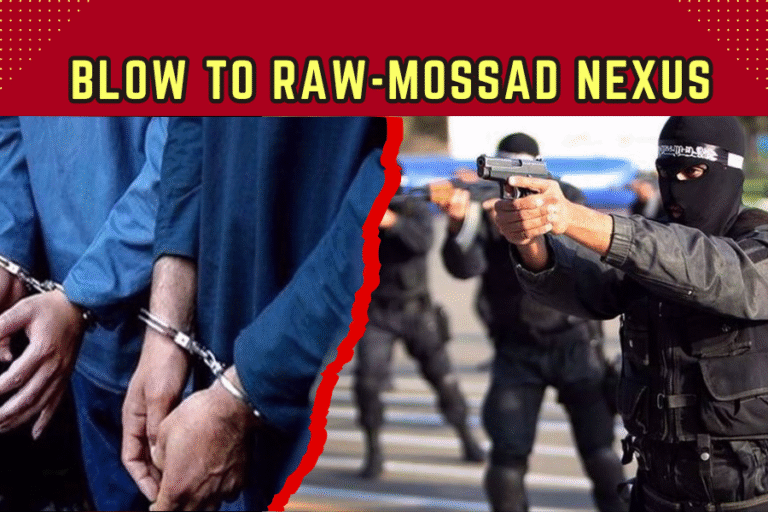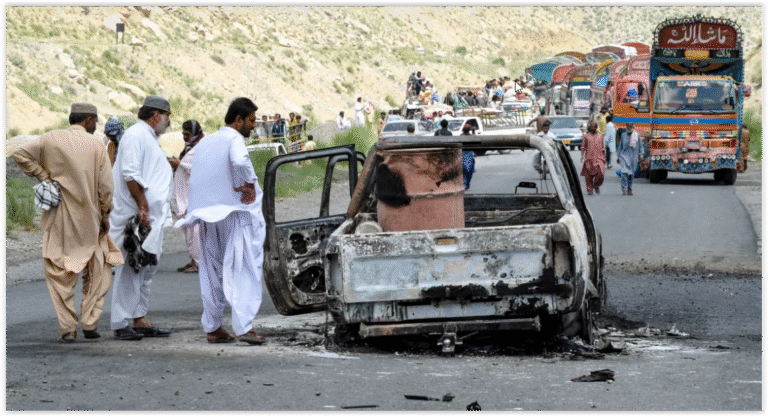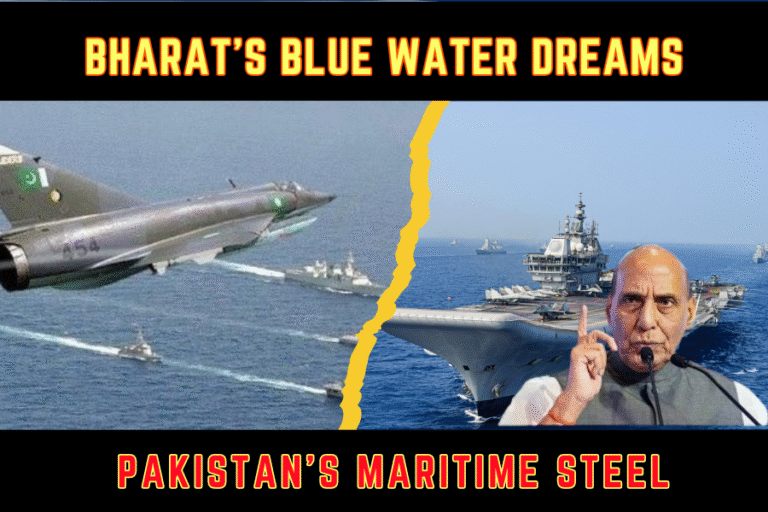(By Khalid Masood)
In the smoldering aftermath of the April 29, 2025, Pahalgam attack, where 26 lives were snuffed out in Kashmir’s verdant valleys, the specter of war loomed over South Asia’s nuclear-armed rivals, India and Pakistan. As India’s airstrikes in Operation Sindoor and Pakistan’s fierce retaliation pushed the region to the brink, U.S. President Donald Trump stepped into the fray, brokering a ceasefire on May 10, 2025, and offering to mediate the Kashmir dispute—a conflict that has bled the region for 78 years. For Pakistan, this is a clarion call to amplify the cries of 8 million Kashmiris yearning for self-determination. India, shackled by its dogma of bilateralism, recoils at the prospect, clinging to a narrative of sovereignty that masks a legacy of repression. From a Pakistani perspective, Trump’s bold intervention, rooted in the fear of nuclear catastrophe, offers a historic chance to resolve a wound that festers at the heart of South Asia. This article delves into the dispute’s tortured history, the unyielding aspirations of Kashmiris, the stark divide between India and Pakistan, and the geopolitical stakes of a mediation that could reshape the region’s destiny.
Historical Roots: A Legacy of Division
The Kashmir dispute was born in the crucible of 1947, when British India’s partition left the princely state of Jammu and Kashmir—a Muslim-majority region ruled by Hindu Maharaja Hari Singh—in limbo. His decision to accede to India, amid tribal incursions from Pakistan, ignited the first Indo-Pak war, ending with a UN-brokered ceasefire and the Line of Control (LoC) dividing the region. The United Nations Security Council’s Resolution 47 (1948), followed by Resolutions 51 and 80, mandated a plebiscite to let Kashmiris choose their fate, contingent on Pakistan’s troop withdrawal and India’s force reduction. Neither complied, and the plebiscite remains a distant dream. The 1972 Shimla Agreement, signed after Pakistan’s defeat in the Bangladesh Liberation War, committed both nations to resolve disputes bilaterally, a pact India wields to reject third-party mediation. Over decades, three wars and countless skirmishes have claimed 100,000 lives, with Kashmir’s 8 million souls caught in a cycle of violence and despair.
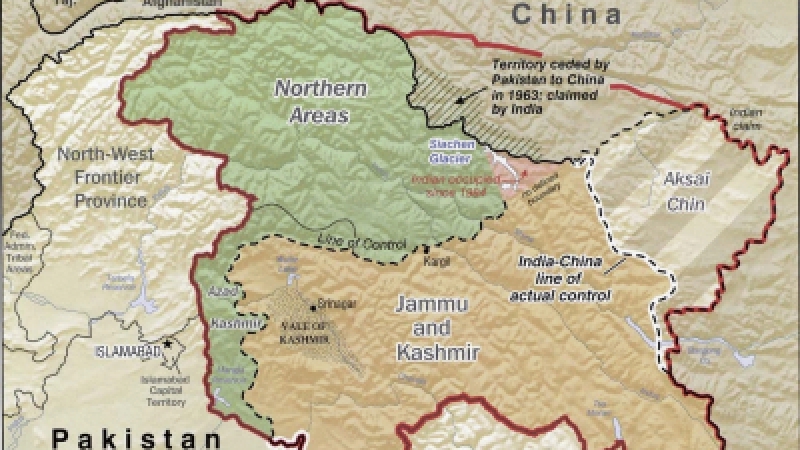
Kashmiri Aspirations: A Cry for Dignity
Kashmir’s heart beats for self-determination, a dream nurtured by its Muslim majority (70% of the valley’s population) and stifled by India’s iron grip. The 2019 abrogation of Article 370, stripping Jammu and Kashmir of autonomy, unleashed a wave of protests, with 4,000 detained under the Public Safety Act. The Abdullah dynasty—Sheikh Abdullah, who once backed India’s rule, and his heirs Farooq and Omar—has navigated this storm, with Omar, in a May 2025 speech, demanding statehood and dialogue. A 2023 survey reveals 60% of Kashmiri youth favor independence, driven by decades of militarization—700,000 Indian troops make Kashmir the world’s most militarized zone. From a Pakistani lens, these aspirations echo our own struggle for justice, demanding a voice for Kashmiris long silenced by force.
Militancy and Alleged False Flags: A Cycle of Distrust
Since 1989, militancy has surged in Kashmir, with groups like Hizbul Mujahideen, Lashkar-e-Taiba, and Jaish-e-Mohammed battling Indian forces, costing 50,000 lives. The 2016 killing of Hizbul’s Burhan Wani, a charismatic 22-year-old, sparked protests killing 90 and swelled local recruitment, with 300 youth joining militancy by 2020. Controversial attacks—like the 2000 Chittisinghpura massacre (35 Sikhs killed), 2019 Pulwama bombing (40 CRPF deaths), and 2025 Pahalgam attack (26 tourists killed)—are alleged by some to be Indian false flag operations, timed with U.S. visits (e.g., President Clinton in 2000, Secretary Blinken in 2019) to vilify Pakistan. These claims, though unproven, fuel distrust, with the Resistance Front (TRF), formed post-370, claiming 50 attacks by 2025. Pakistan denies sponsoring militancy, offering moral support to Kashmir’s cause, while India’s accusations deepen the divide.

The 2025 Conflict: A Brush with Catastrophe
The Pahalgam attack on April 29, 2025, where 26 tourists perished, ignited India’s Operation Sindoor, with Rafale jets striking alleged militant bases in Pakistan. Pakistan’s Operation Bunyān Mársūs, leveraging J-10C jets and hypersonic missiles, destroyed an Indian S-400 unit at Admapur IAF Base , per satellite imagery. The conflict, costing $1 billion for India and $500 million for Pakistan, saw 200 casualties and threatened nuclear escalation, with both nations’ 340-warhead arsenals on alert. On May 10, Trump, via Saudi and Turkish backchannels, brokered a ceasefire, averting disaster. His X post that day, offering to resolve Kashmir’s “thousand-year” dispute, was a diplomatic thunderbolt, welcomed by Pakistan but met with India’s stony silence.
Trump’s Mediation Offer: A Historic Gambit
On May 10, 2025, Trump announced on X his intent to mediate Kashmir, a move Pakistan hailed as a “moral victory.” Foreign Minister Ishaq Dar, in a May 12 statement, praised U.S. engagement, urging a UN-backed plebiscite. India’s Foreign Minister S. Jaishankar, on May 11, reiterated India’s anti-terrorism stance, signaling rejection of mediation, citing the Shimla Agreement’s bilateral mandate. U.S. Secretary Marco Rubio’s May 10 call for neutral-site talks caught India off-guard, with the Congress party demanding clarity on “Washington’s ceasefire announcements.” Trump’s offer, rooted in preventing nuclear war, aligns with his deal-making ethos, as seen in his 2020 Abraham Accords. Yet, India’s domestic pressures—70% of voters oppose foreign mediation, per a 2024 poll—complicate acceptance.
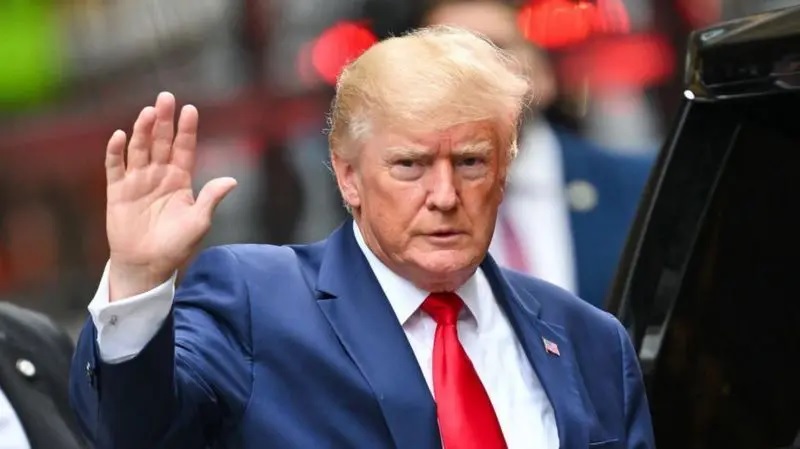
India’s Hardened Stance: A Wall of Denial
India’s rejection of mediation is rooted in its view of Kashmir as an “integral part” of the nation, a stance hardened post-2019 Article 370 abrogation. The BJP’s Hindutva ideology, framing Kashmir as a Hindu-majoritarian triumph, fuels domestic support but alienates Kashmiris, with 80% reporting rights abuses in a 2024 Amnesty report. India accuses Pakistan of sponsoring terrorism, pointing to TRF’s 200 killings since 2019, and cites the 1999 Kargil War—where Pakistan-backed militants seized Indian territory—as proof of military duplicity. The Shimla Agreement’s bilateral clause is India’s shield, but its refusal to engage, even after Trump’s offer, risks isolating it globally, as seen in the UN’s May 9, 2025, call for restraint.
Pakistan’s Position: A Call for Justice
Pakistan welcomes Trump’s mediation, seeing it as a chance to internationalize Kashmir’s plight. Prime Minister Shehbaz Sharif, in a May 12 UN speech, framed India’s “occupation” as the conflict’s root, a view echoed by the OIC’s 54-member bloc. Pakistan denies militancy sponsorship, offering diplomatic support to Kashmiris, as articulated by analyst Imtiaz Gul: “Without trust, third-party mediation is essential.” The 2025 ceasefire, costing Pakistan $500 million, underscores its resolve to counter India while seeking global backing.
Geopolitical Stakes: A Nuclear Tightrope
Trump’s offer is driven by the specter of nuclear war, with India and Pakistan’s 340 combined warheads posing a global threat. The U.S., balancing $130 billion in trade with India and $2 billion in aid to Pakistan, seeks to stabilize South Asia to counter China’s $62 billion CPEC and growing influence. Trump’s mediation aligns with his peacemaker ambitions, boosting U.S. leverage in a region where India’s QUAD role and Pakistan’s Afghan ties are critical. China’s support for Pakistan, including $2 billion in arms post-2025, complicates the equation, while the EU’s neutrality reflects its focus on Ukraine. A successful mediation could cement U.S. leadership, but failure risks escalating tensions.
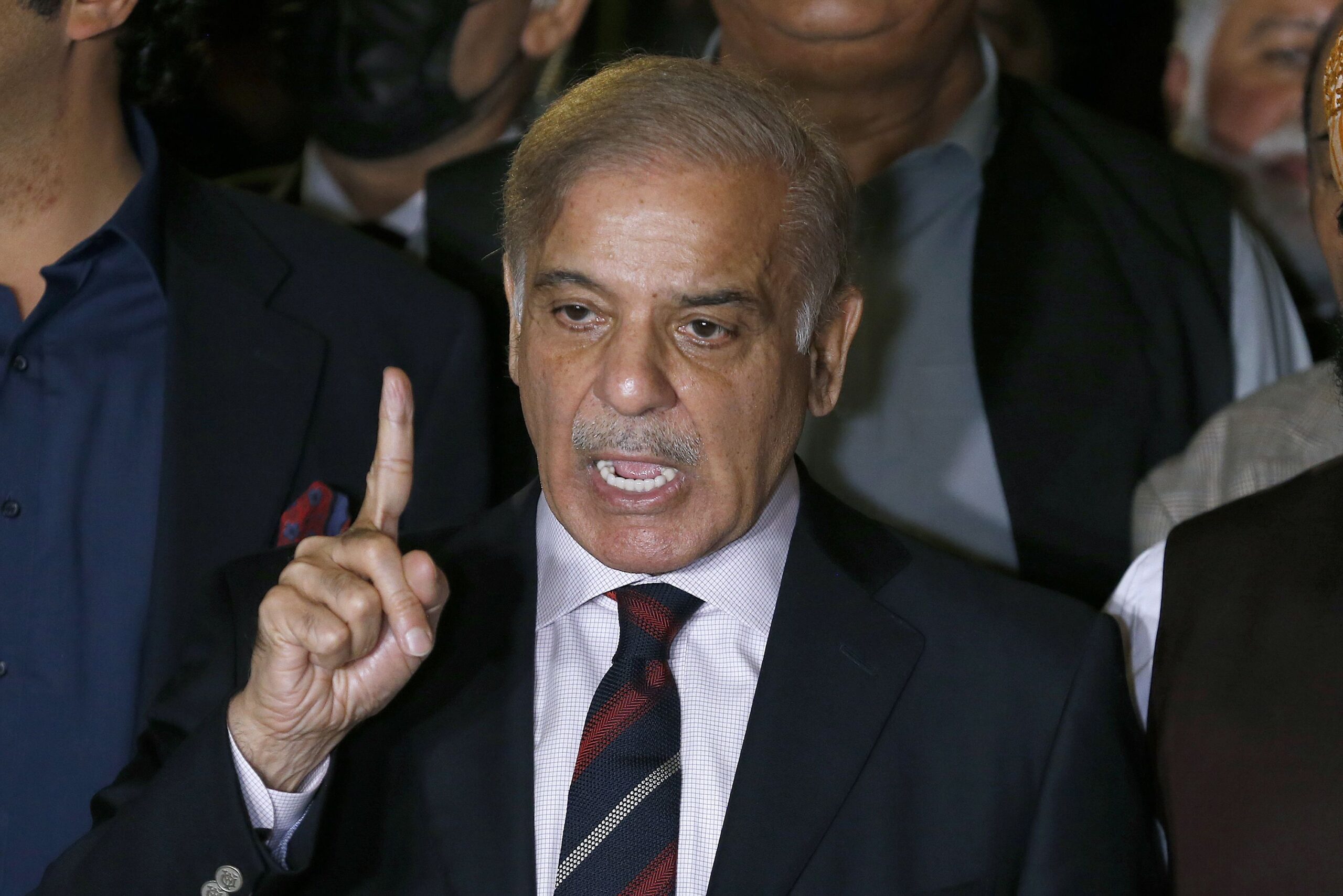
Challenges and Prospects: A Path Fraught with Peril
Mediating Kashmir faces formidable hurdles. India’s insistence on bilateralism, backed by 80% domestic support, clashes with Pakistan’s push for internationalization. Kashmir’s 4,000 detentions and 50,000 displaced since 2019 fuel militancy, complicating talks. The Abdullahs’ call for dialogue offers a bridge, but India’s 700,000 troops and Pakistan’s military sway hinder trust. Alleged false flags, like Pahalgam, deepen mistrust, with no evidence to resolve claims. Trump’s neutral-site summit proposal, backed by Rubio, could restart talks, but India’s rejection risks U.S.-India strain, especially with $5 billion in trade deals at stake. A phased approach—ceasefire consolidation, LoC de-escalation, and Kashmiri inclusion—offers hope, but only if both sides embrace compromise.
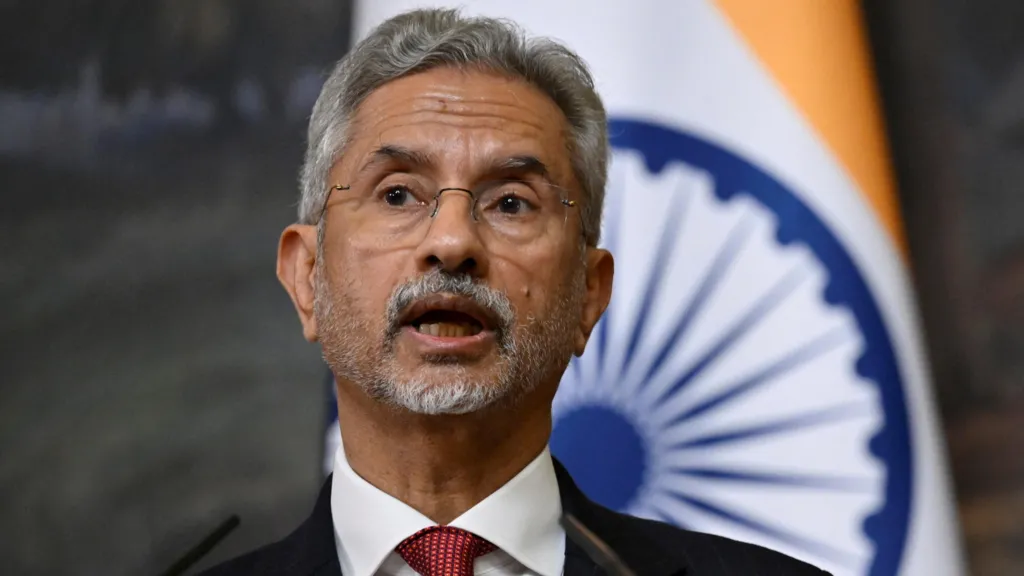
Conclusion: A Beacon Amid the Storm
Trump’s offer to mediate Kashmir is a historic gambit, a flicker of hope in a region scarred by 78 years of strife. For Pakistan, it is a chance to amplify Kashmir’s cry for justice, to honor the 8 million souls yearning for dignity. India’s refusal, rooted in pride and fear, risks isolating it in a world weary of conflict. The specter of nuclear war, with 340 warheads poised, demands resolution, not rhetoric. Most Pakistani see Trump’s intervention as a call to heal a wound that bleeds us all. India must shed its dogma, Pakistan its mistrust, and both must center Kashmiris’ dreams. Only through dialogue, grounded in the UN’s unfulfilled plebiscite, can South Asia soar toward peace, guided by the courage to choose hope over hate.

